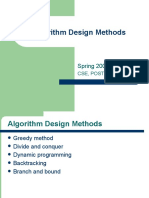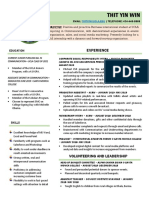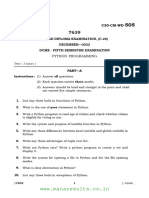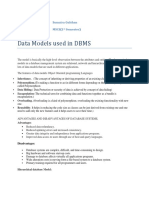0% found this document useful (0 votes)
21 views5 pagesAlgorithm Design Techniques
The document outlines various algorithm design techniques including Divide and Conquer, Dynamic Programming, Greedy Algorithms, and Backtracking, each defined with real-life client problems and solutions. It provides key signs to identify when to use each technique and includes comparative examples to illustrate their applications. The techniques are essential for solving complex problems efficiently by breaking them down or making optimal choices.
Uploaded by
aamirshazad3321Copyright
© © All Rights Reserved
We take content rights seriously. If you suspect this is your content, claim it here.
Available Formats
Download as PDF, TXT or read online on Scribd
0% found this document useful (0 votes)
21 views5 pagesAlgorithm Design Techniques
The document outlines various algorithm design techniques including Divide and Conquer, Dynamic Programming, Greedy Algorithms, and Backtracking, each defined with real-life client problems and solutions. It provides key signs to identify when to use each technique and includes comparative examples to illustrate their applications. The techniques are essential for solving complex problems efficiently by breaking them down or making optimal choices.
Uploaded by
aamirshazad3321Copyright
© © All Rights Reserved
We take content rights seriously. If you suspect this is your content, claim it here.
Available Formats
Download as PDF, TXT or read online on Scribd
/ 5



































































































